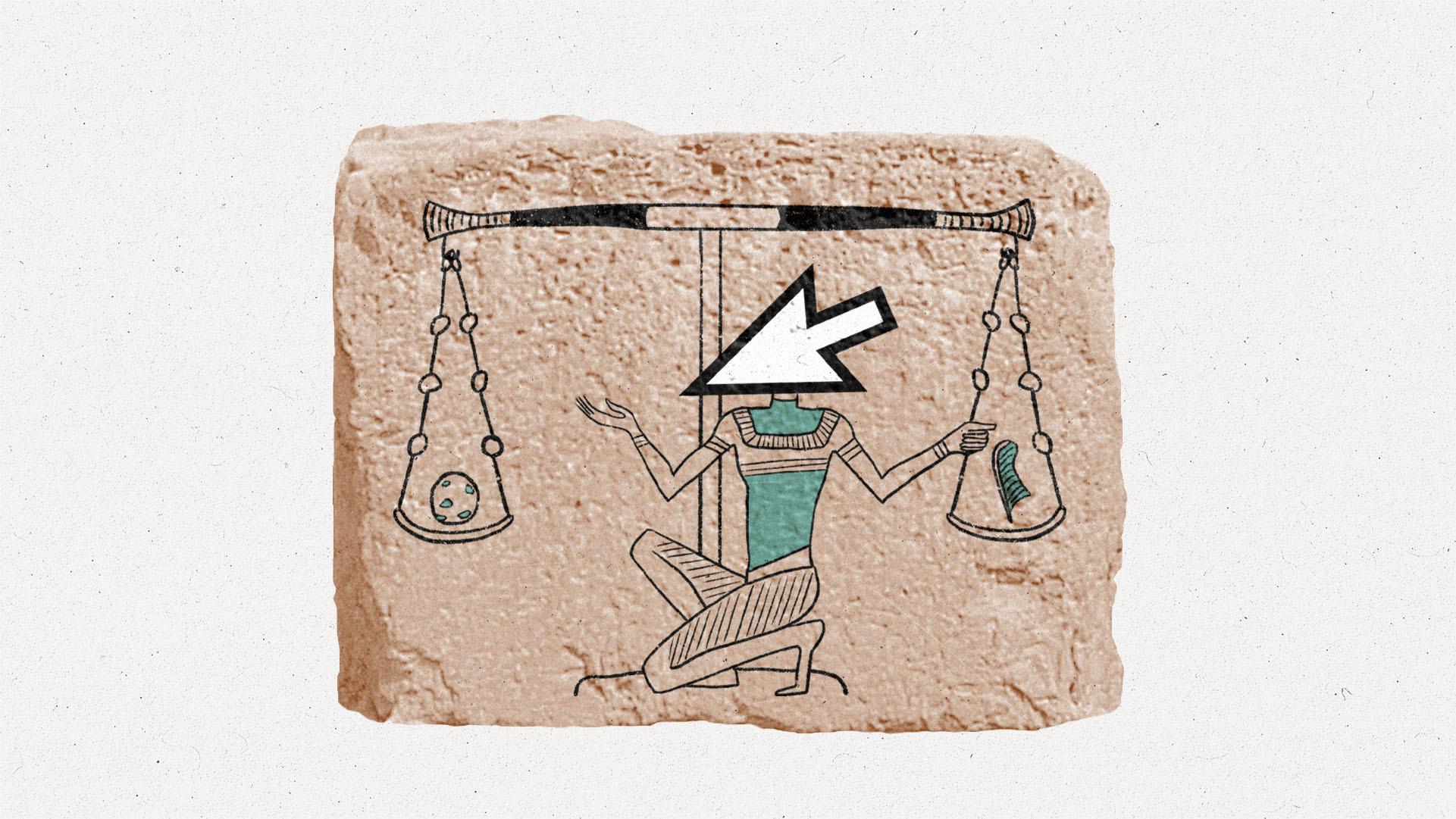Does the death of cookies mean the rebirth of digital media?

A few weeks on, the dust has now settled since Google’s umpteenth, foreseeable delay to its Chrome cookie deprecation plans. If anything, the lack of fanfare around this latest delay is a sign that the industry is ready to move forward.
After all, we’ve been talking about this for just shy of five years now. And honestly, I’m bored to death of it.
So let’s move past that and think a bit longer term.
What will the world look like in three to five years (assuming no more delays), and how can brands peek over the cookieless horizon and start thinking about long-term digital strategy?
There are two key mechanisms in digital that need to shift with the death of cookies.
Targeting, which has historically been based on cookies, will need to adapt. There’s a lot of content on how this works and some great solutions in the market. I won’t dwell on this, as the goal here is to target similar audiences but in new ways; not something that will necessarily change the shape of digital media.
Measurement is the interesting part of this equation. We’ve been grappling with digital measurement for long before third-party cookies were an issue. We’ve had to contend with digital attribution, viewability, cross-device, and a whole host of other challenges to try and generate any consistency in measurement — and don’t even get me started on aligning that with econometrics or media mix modeling (MMM).
The dream was a good one: If we could solve digital attribution (also known as multi-touch attribution or MTA) then it could theoretically give us all the answers. However, getting it to work effectively in the way we wanted was near impossible. The good news is that, with the demise of the cookie, we might just be able to give up on the pseudoscience of MTA.
So if multi-touch attribution is out, what replaces it? The future of digital measurement could lie in two areas — regression-based attribution (RBA) and experimentation. Don’t get me wrong, neither is perfect, but they’re a lot better than MTA, especially when you use both.
"Better measurement means that we might just have a chance to try and right some of the wrongs of the last decade of digital media."
Regression is the younger cousin of MMM and offers consistency with offline media. Experimentation offers flexibility to answer key questions such as “Which channel generates incremental revenue?” or “How can I drive the highest lifetime value?”
What happens to digital media now that we can measure it on the same scale as above-the-line media? Where MTA required direct links to see where a specific person converted, RBA uses data science to correlate performance to activity (just like MMM). This allows RBA to measure across the entire digital plan, which hasn’t really been viable since digital was a single channel running on desktop computers. Channels such as digital audio, connected TV (CTV), digital out-of-home (OOH) and gaming were never measurable with MTA, but they are with RBA.
With a lower barrier to entry than MMM (which can require significant investment), RBA gives marketers the tools we need to reshape the digital media plan for the better.
In a world where every penny needs to ladder up to a revenue contribution, this is a revelation. Channels such as CTV, digital audio and gaming have often been seen as branding channels and it has been difficult to properly appraise their value on a media plan. We’re already seeing success in these channels with campaigns such as Rail Delivery Group’s Roblox gaming campaign delivering lower CPAs than their pay-per-click activity.
These results empower brands to test new channels and take measurable risks with their digital activity that could open up “newer” channels to much more investment and far more innovative campaigns and formats.
Better measurement means that we might just have a chance to try and right some of the wrongs of the last decade of digital media.
New channels are one thing but at the heart of this story is impactful media. We spend on gaming, CTV, OOH and digital audio because they’re impactful in the same way that offline channels can be. RBA just quantifies that impact in a way that MTA never could.
Where MTA frequently forced us into a fight for the cheapest banners on the long tail of the open market, RBA starts conversations around quality of media. This is an opportunity to not just test new channels, but to properly credit quality media and upgrade our current channels.
I really hope that RBA starts to show the industry how valuable premium publishers can be and creates a more sustainable digital media ecosystem overall.
So here’s to the end of an era and the beginning of something new. Let’s all raise a glass to the death of the cookie: You’ve served us well but I, for one, am excited to see you go.
This op-ed represents the views and opinions of the author and not of The Current, a division of The Trade Desk, or The Trade Desk. The appearance of the op-ed on The Current does not constitute an endorsement by The Current or The Trade Desk.
Subscribe to The Current
Subscribe to The Current newsletter